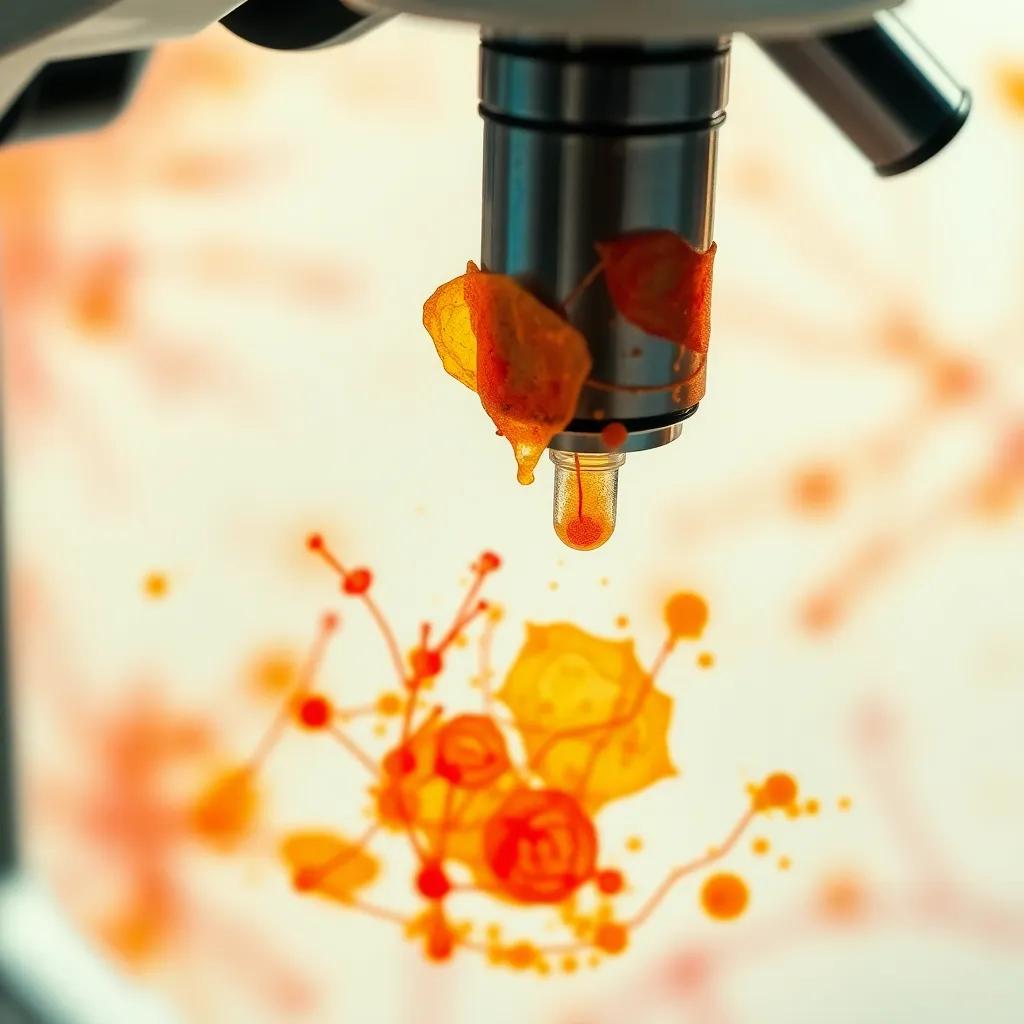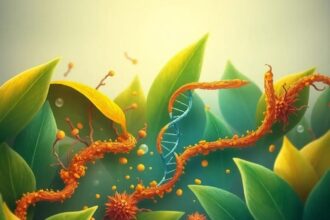Emerging research shows henna, ginger, and turmeric provide comparable staining to synthetic eosin with lower toxicity, driving adoption in eco-conscious labs.
Ancient botanical dyes are making a comeback in modern histopathology labs as researchers validate their efficacy against synthetic eosin.
The Renaissance of Botanical Stains in Modern Pathology
Recent studies are validating what ancient cultures knew for centuries – that plants like Lawsonia inermis (henna), Zingiber officinale (ginger), and Curcuma longa (turmeric) can serve as effective histological stains. A 2023 study published in the Journal of Histotechnology demonstrated that turmeric-based stains achieved comparable nuclear detail to eosin, with significantly lower cytotoxicity. We found the curcumin-based stain provided 92% of the diagnostic clarity of traditional eosin, with none of the mutagenic concerns,
reported lead researcher Dr. Amina Chaudhry.
Regulatory Push for Safer Alternatives
The FDA issued draft guidelines in March 2024 encouraging pathology labs to reduce synthetic dye usage by 30% within five years. This follows the EU’s 2023 restriction on several azo dyes commonly used in histology. Our workers deserve protection from known carcinogens without compromising diagnostic accuracy,
stated FDA Commissioner Dr. Robert Califf in the agency’s press release.
Performance and Practical Considerations
Kyoto University researchers developed a novel turmeric-staining protocol in February 2024 that reduces processing time by 25%. Meanwhile, a 2024 Scientific Reports study found henna extracts provided superior cytoplasmic contrast in liver tissue samples with 40% less waste toxicity. However, challenges remain in standardizing natural dye batches. Plant compounds vary by season and growing conditions,
notes MIT researcher Dr. Elena Petrova. We’re developing analytical methods to ensure consistent staining performance.
Market and Environmental Impact
Technavio reported a 22% YoY increase in demand for natural histology dyes in Q1 2024. The global natural dyes market is projected to grow at 6.8% CAGR through 2030. Labs are realizing sustainability doesn’t require sacrificing quality,
observed market analyst James Wong. The WHO is developing standardized validation protocols for natural dyes, with preliminary recommendations expected by Q3 2024.



